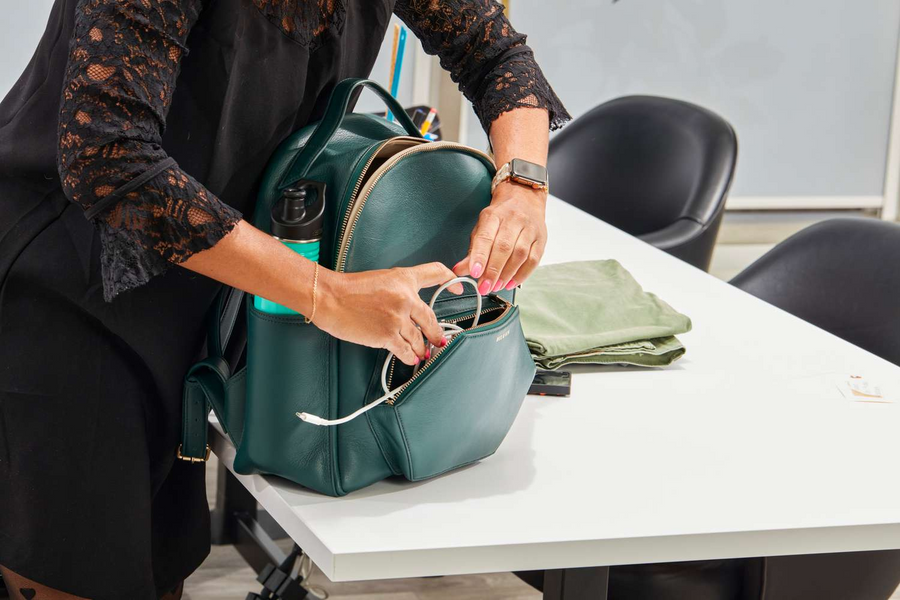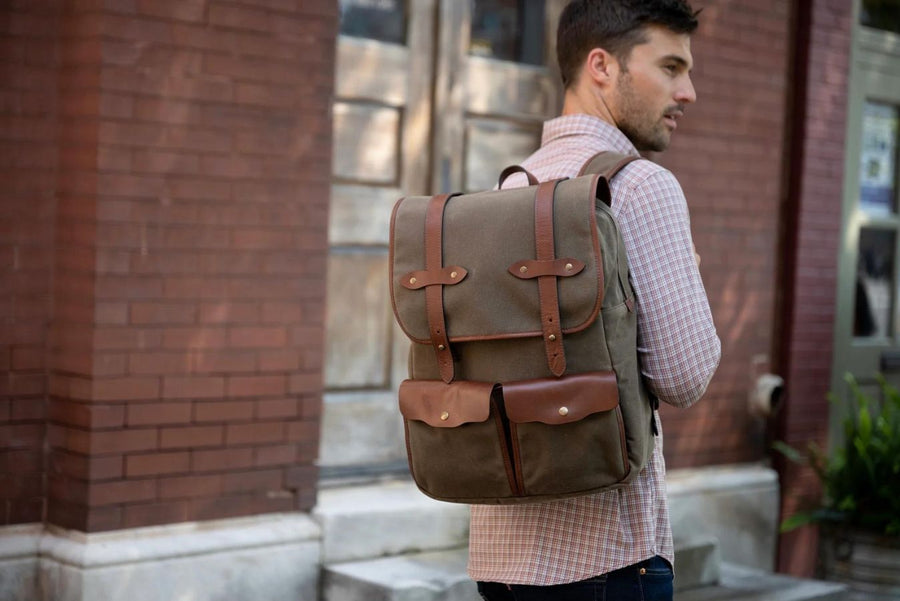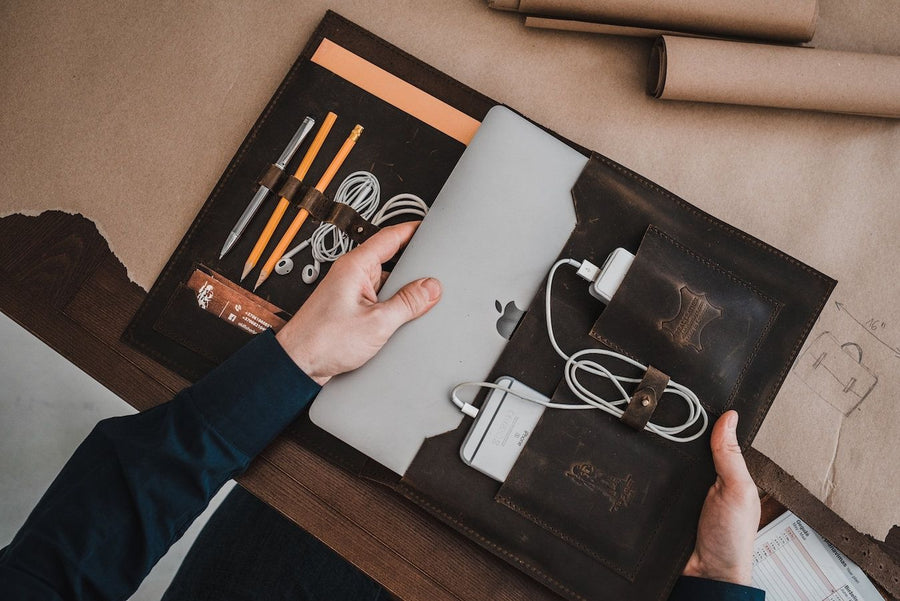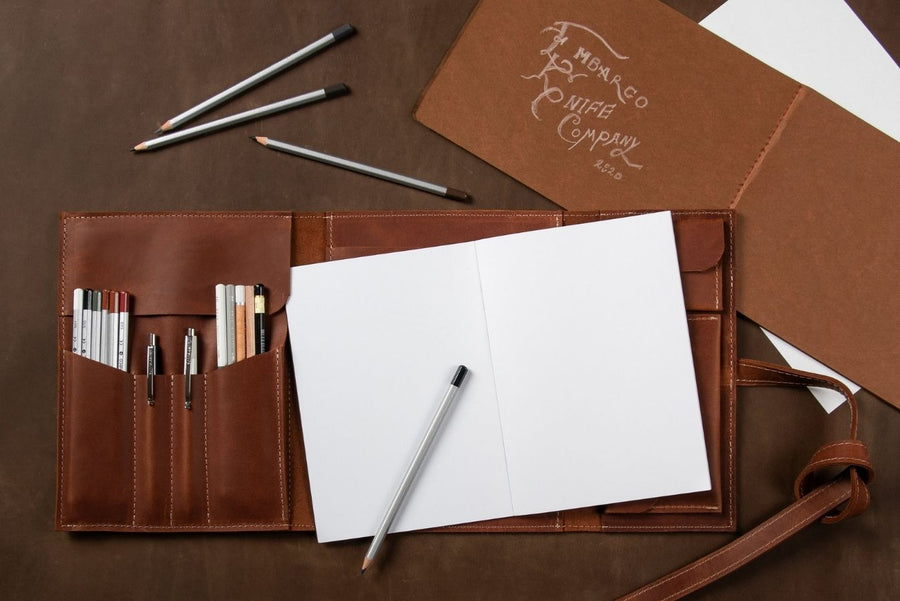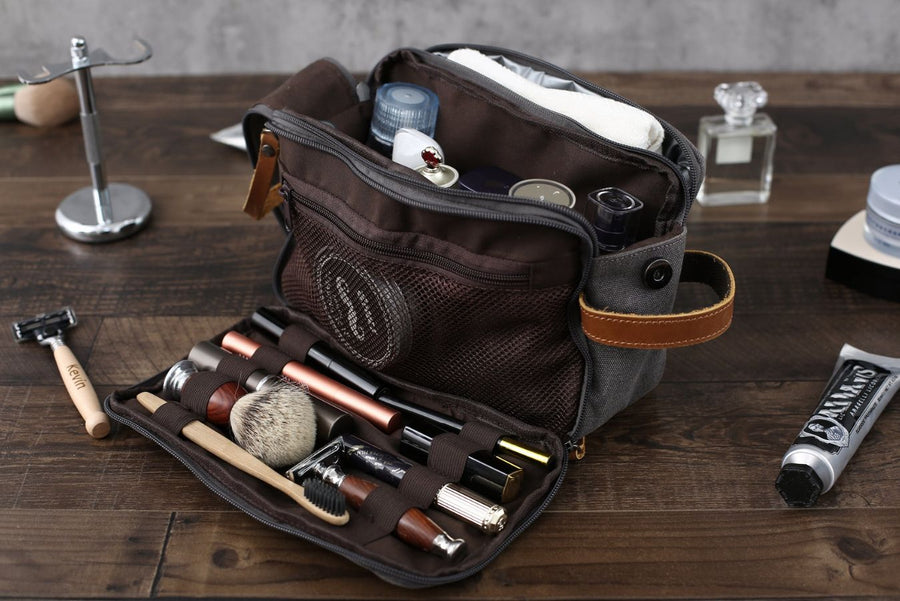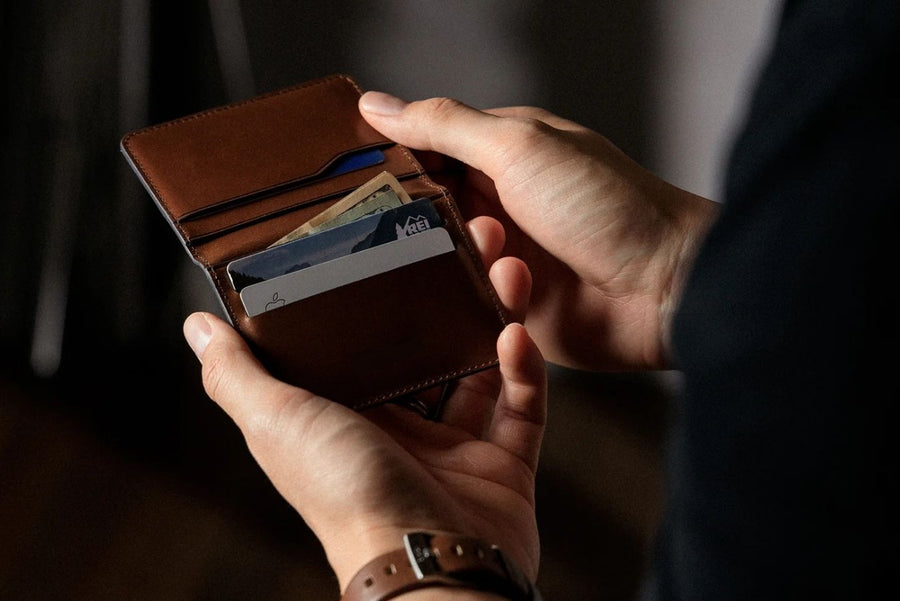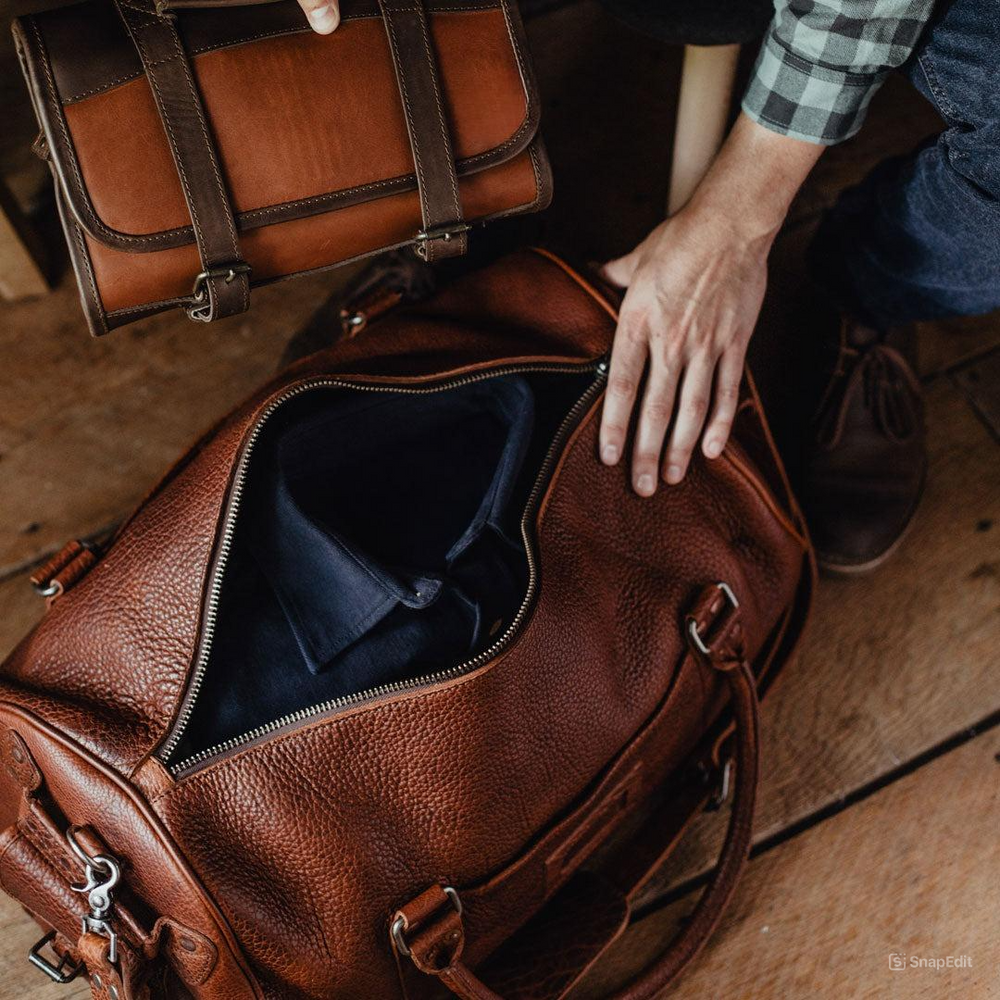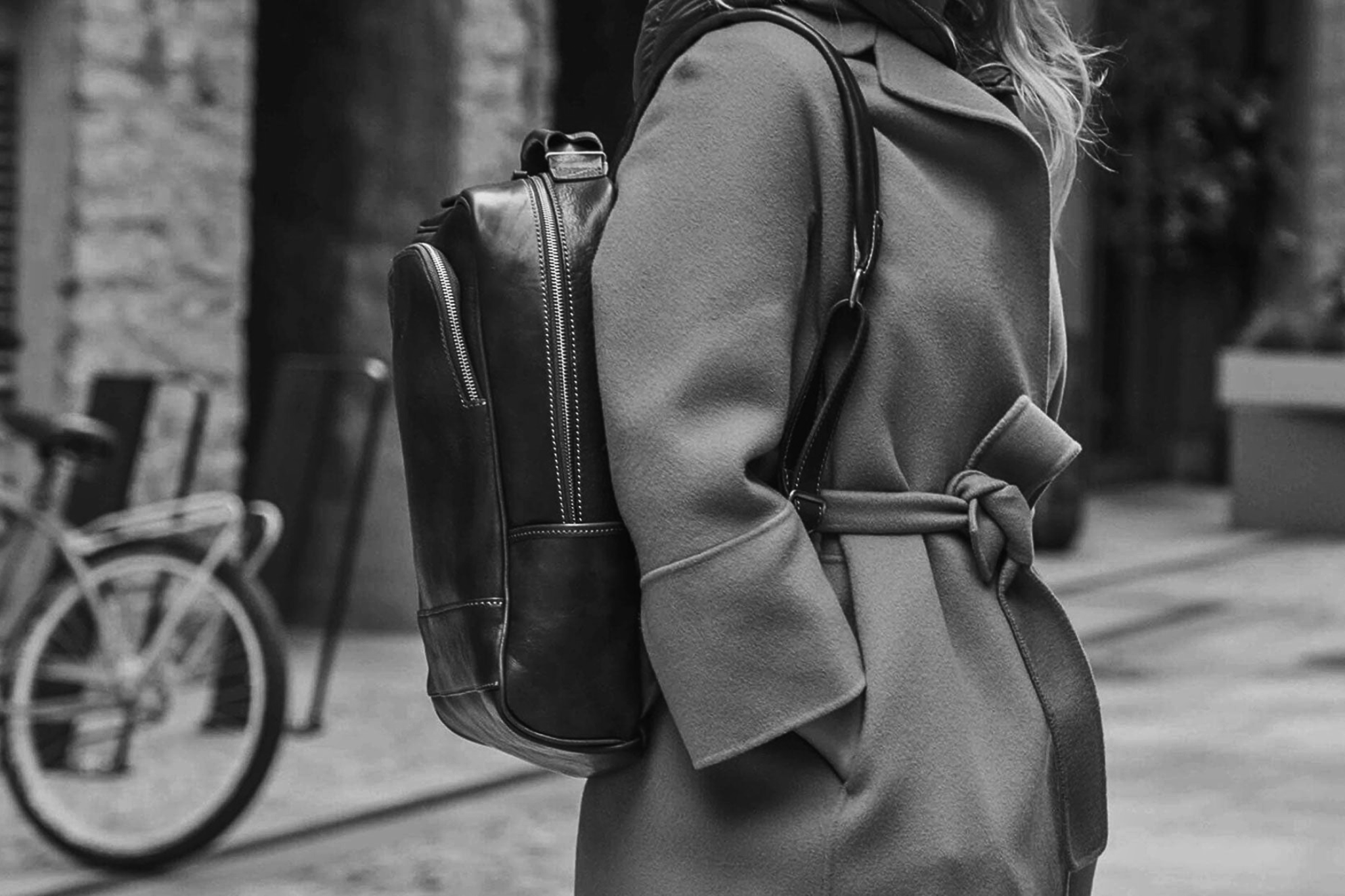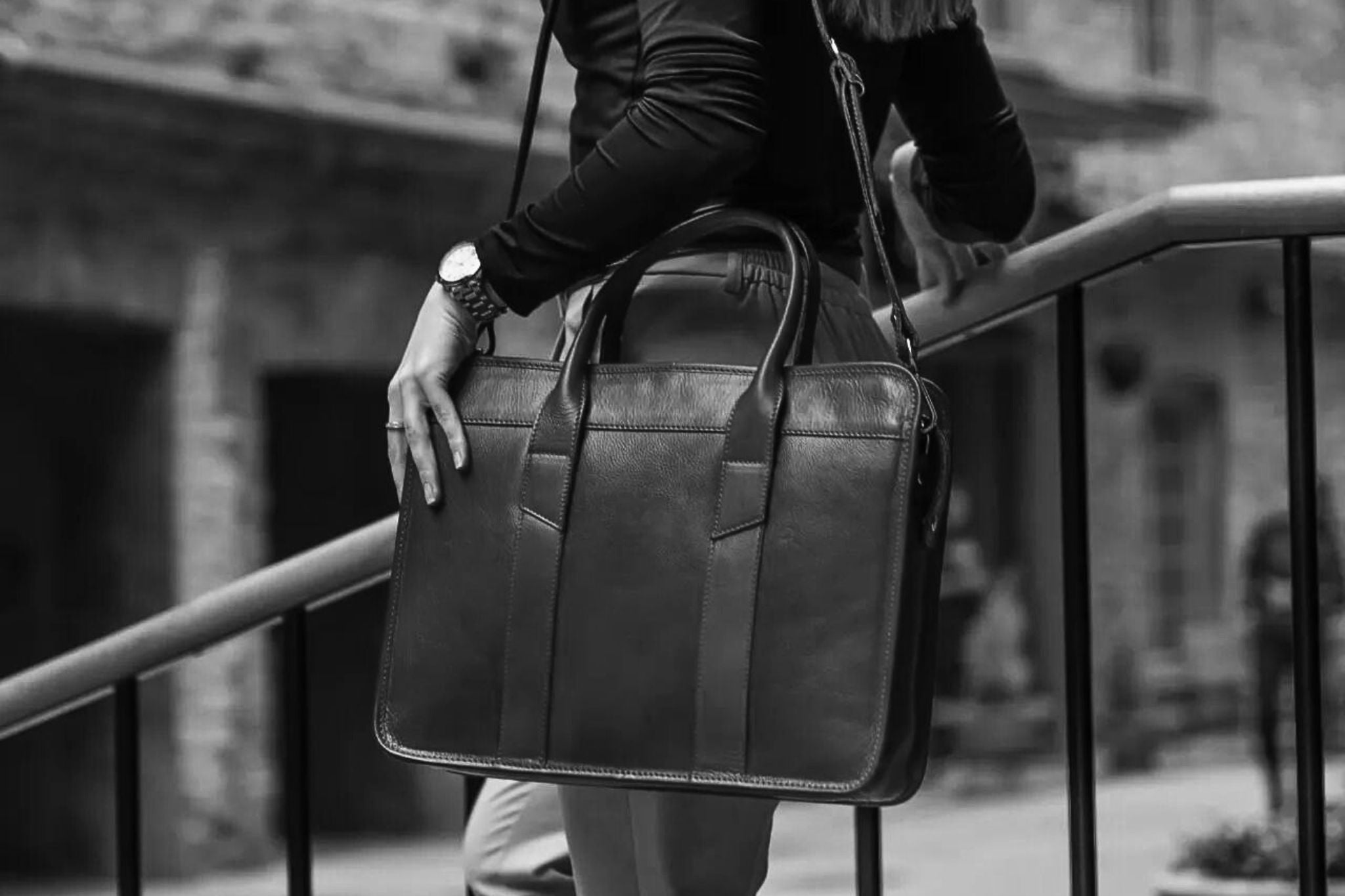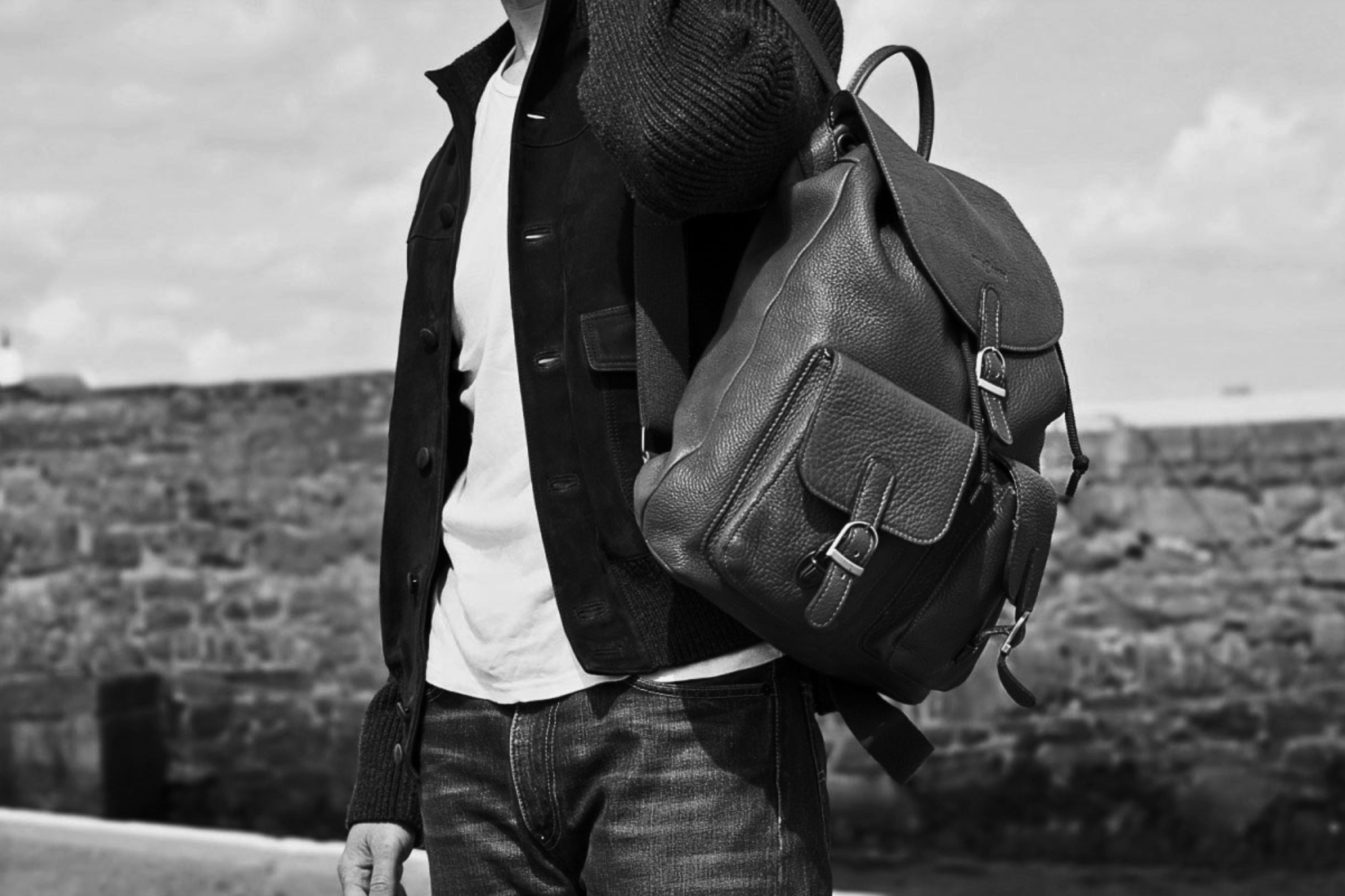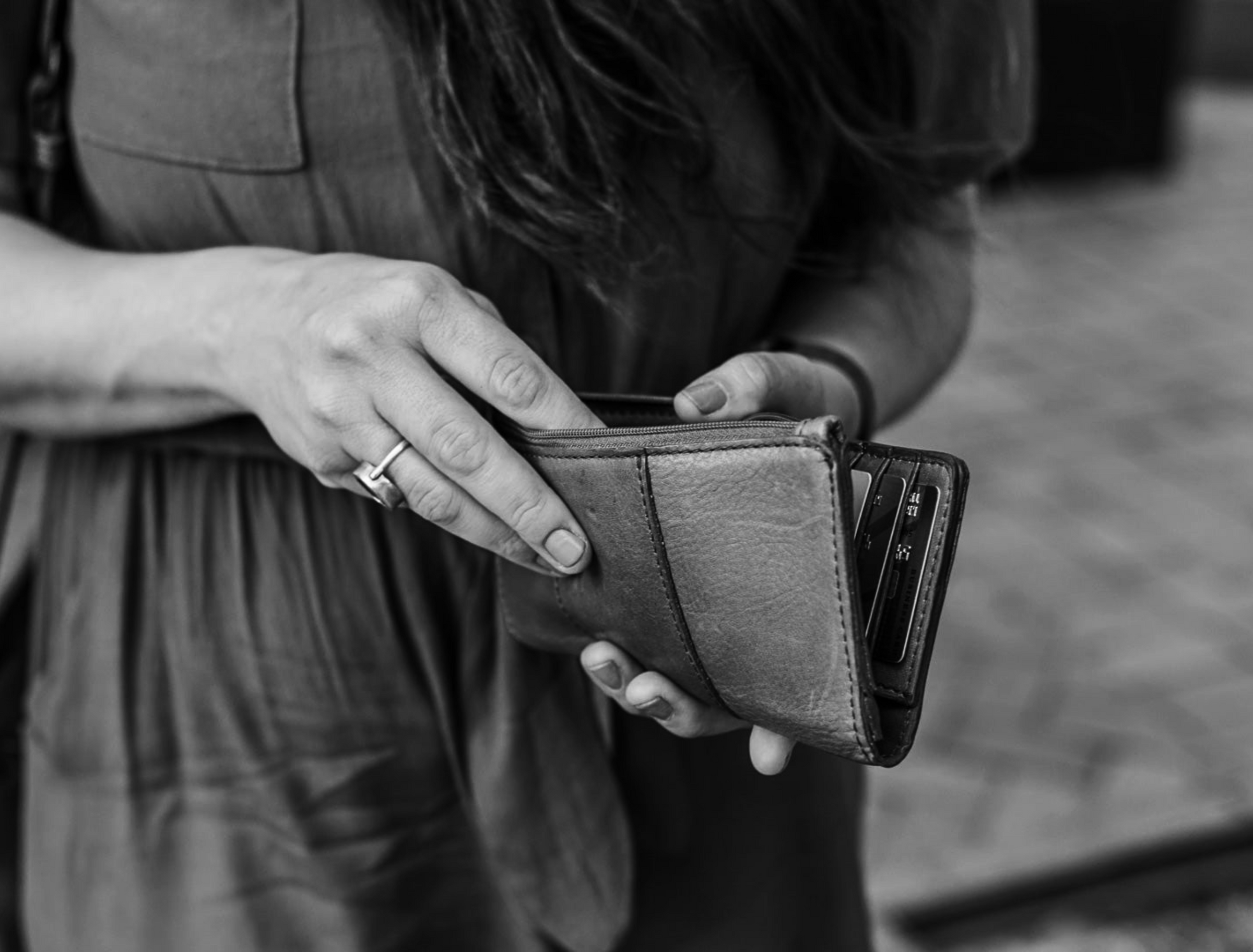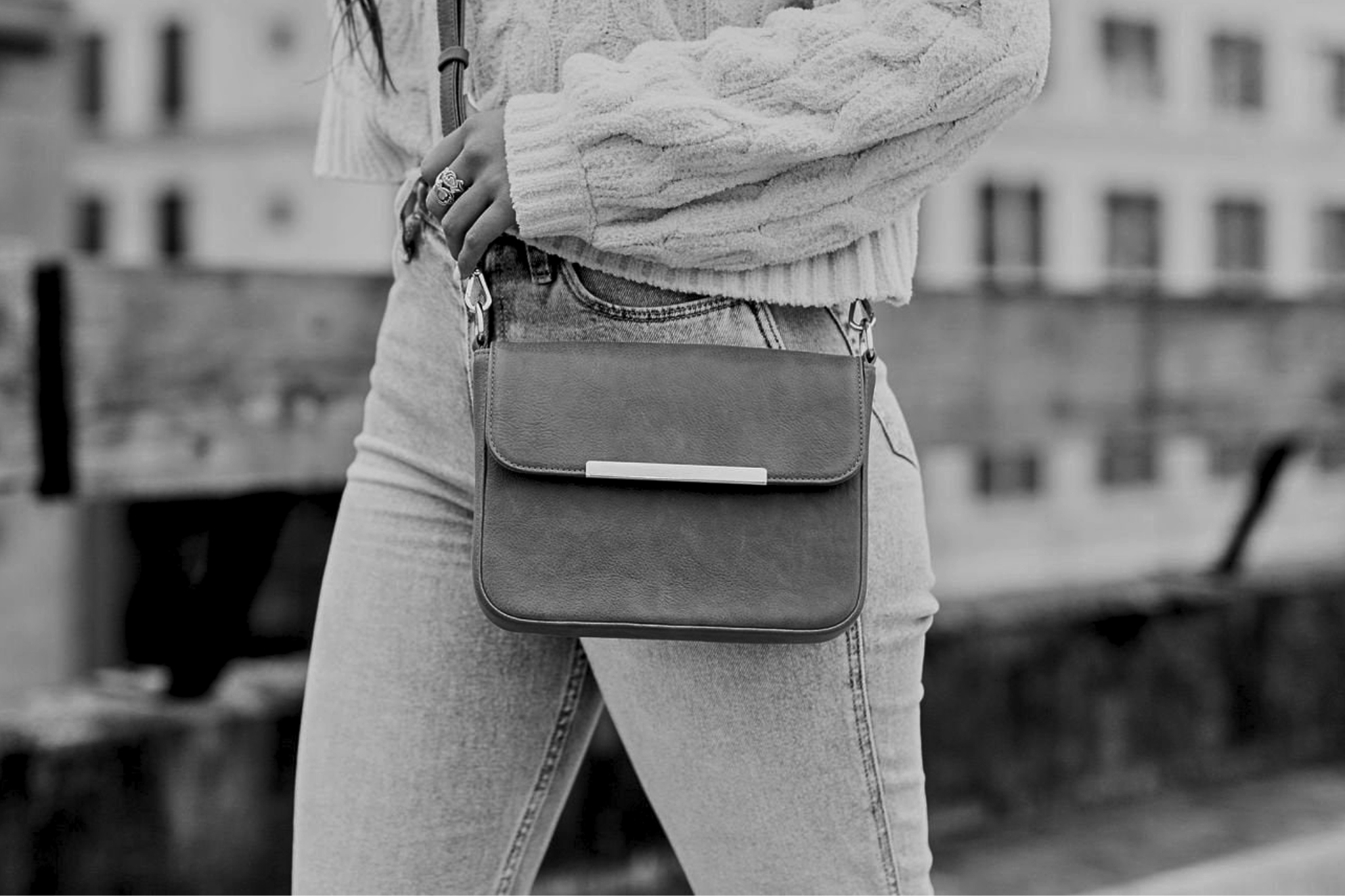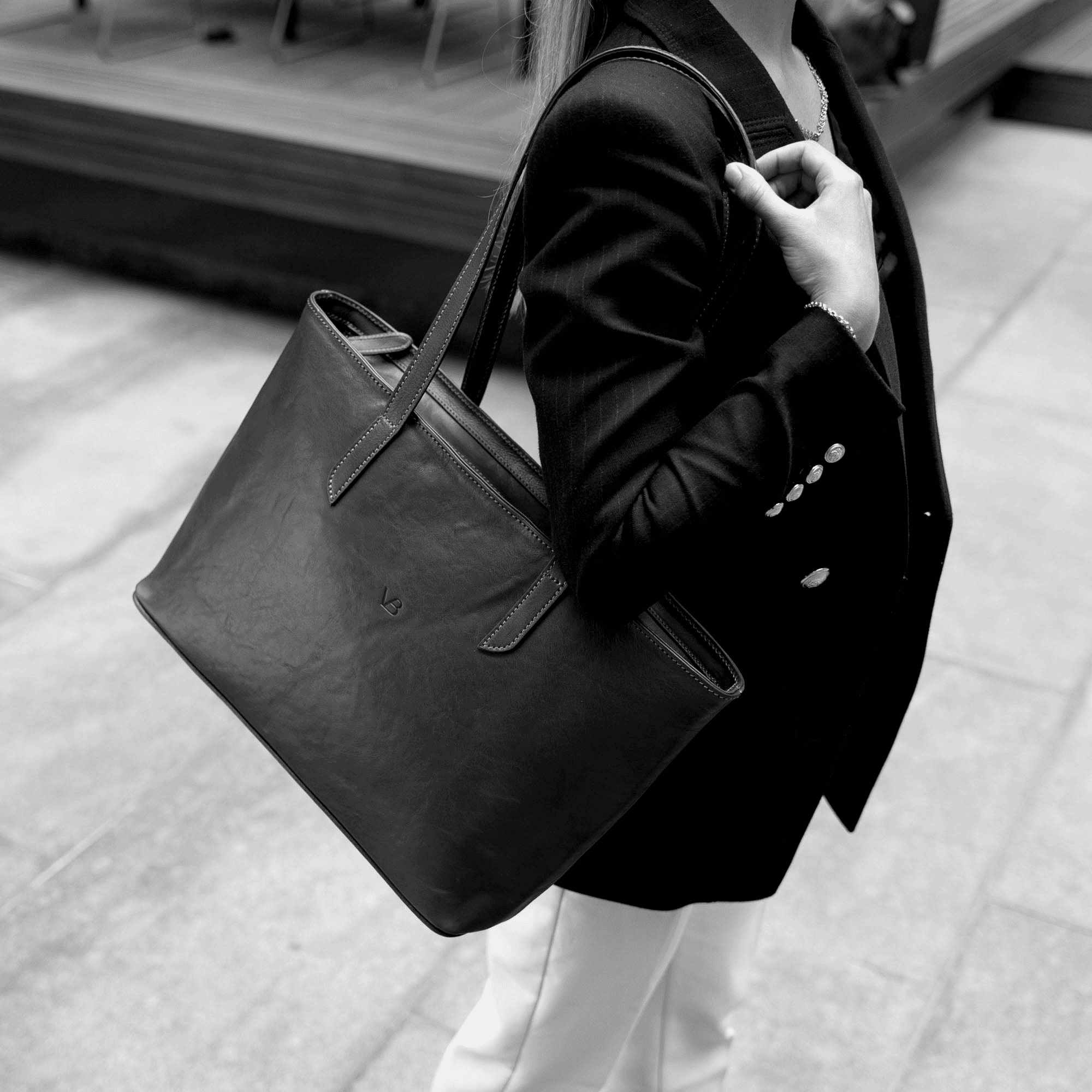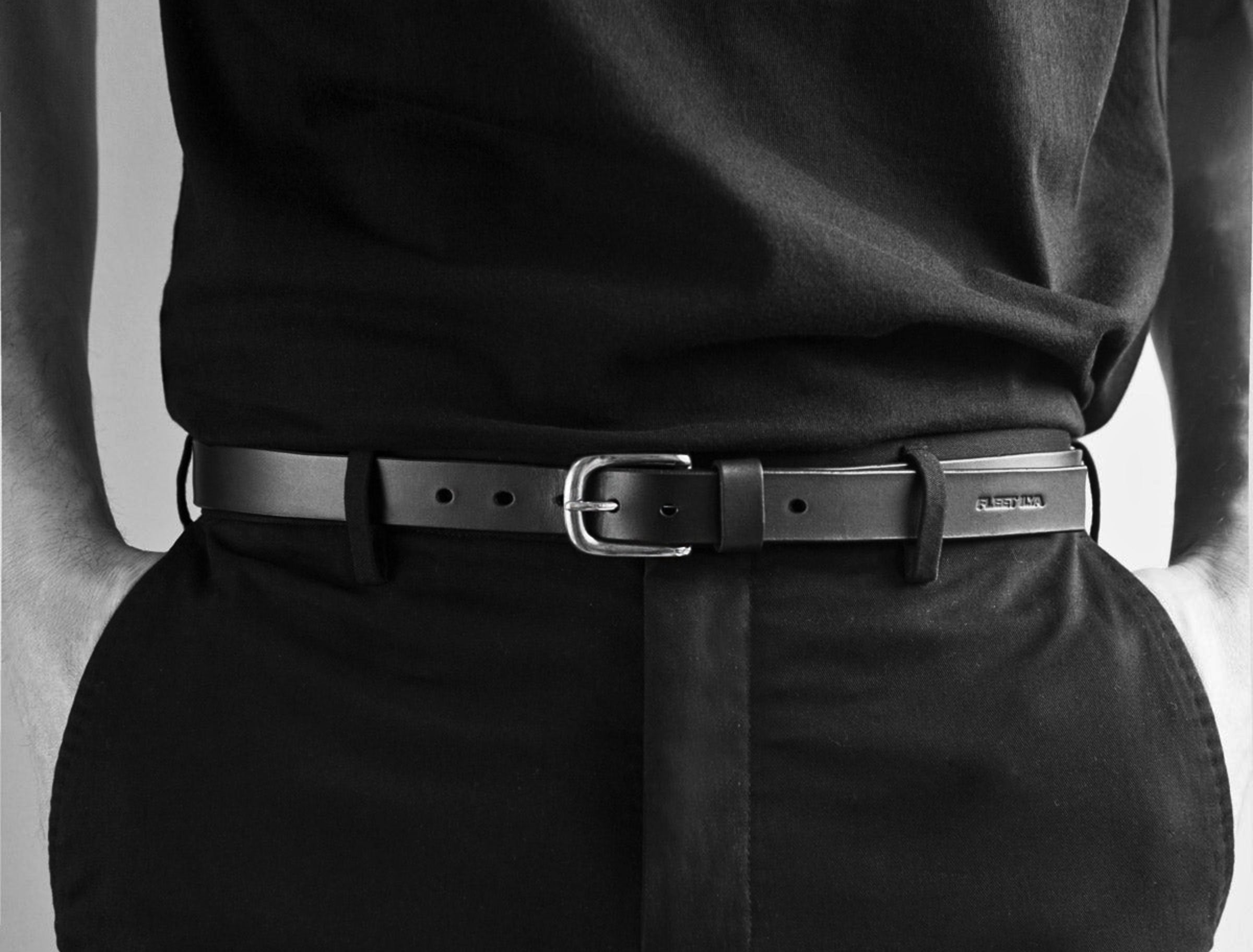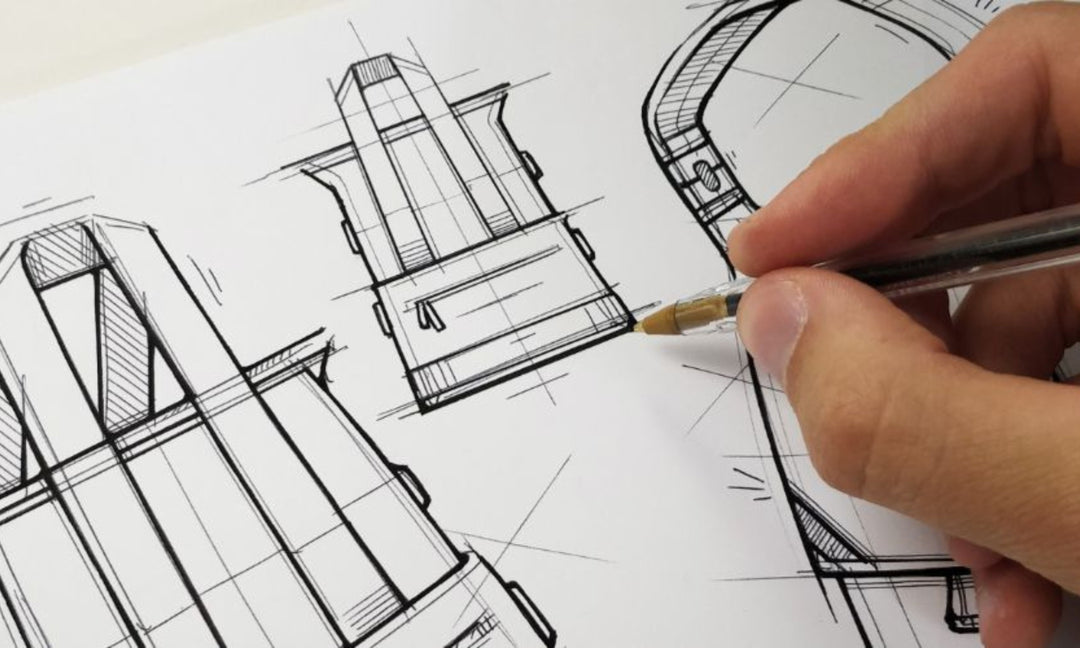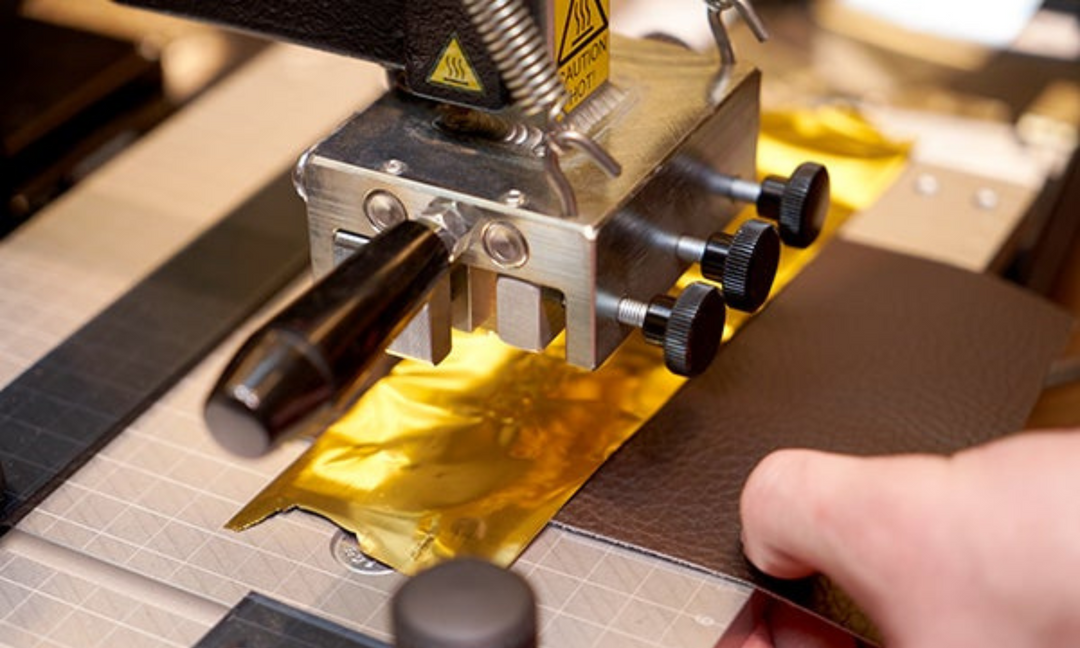How to care for leather?
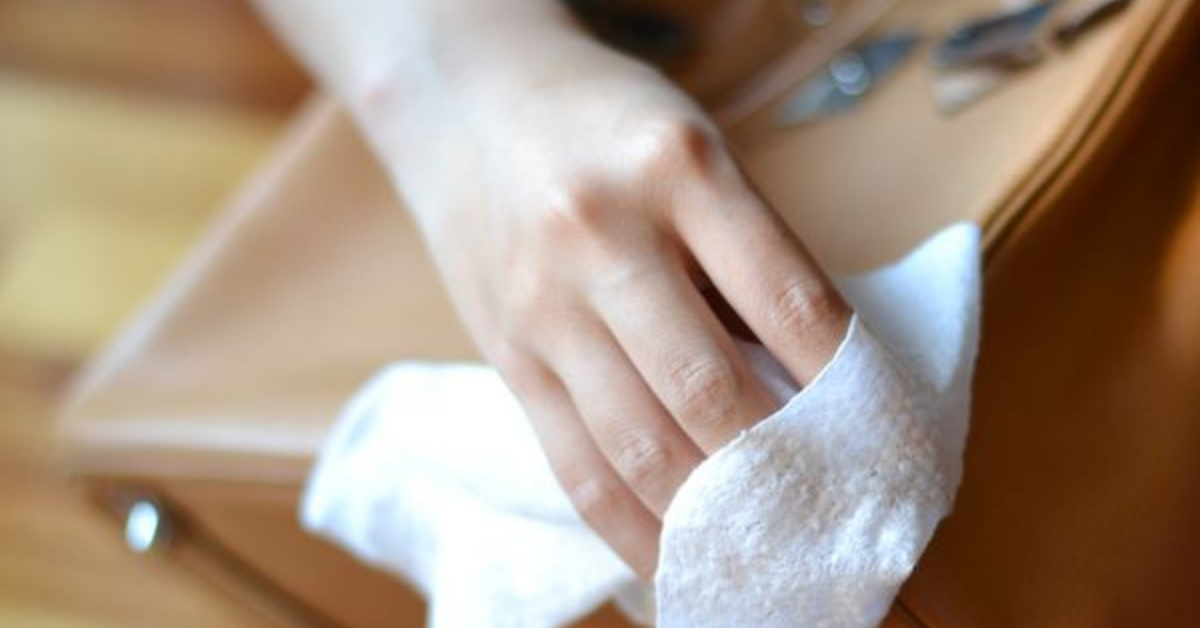

For leather things to serve you for a long time and to look good you need to know some basic and simple steps how to care for leather.
How to care for leather?
There are 2 main schools of thought when it comes to leather care: one attempts to keep the leather looking brand spanking new. The other is more concerned with caring for the leather in a way that lets the life story of the leather—and its carrier—emerge over time.
So, here are 4 simple steps to care for your leather—whether briefcase, bag or purse—in a way that honors its story and yours.
So, here are 4 simple steps to care for your leather—whether briefcase, bag or purse—in a way that honors its story and yours.
Steps to care for your leather
1. If your leather gets wet, dry it.
Gently blot (not rub) excess as soon as possible, and allow the rest to air dry. Do not use a heat source to speed up the drying. When drying a bag, stuff the inside with newspaper to help the bag hold its shape and to help absorb moisture from the interior.
2. If your leather gets too dry, condition it.
Massage a high-quality leather conditioner into the leather and use a clean cloth to gently wipe off excess.
3. If your leather gets dirty, clean it.
Start by always handling your leather with clean hands - oil and residue will easily transfer to leather. Every other day, briskly sweep your leather bag with a soft, dry, or slightly damp cloth. Once or twice a year, remove dirt buildup by wiping down your leather bag with a cleaner made specifically for leather. Apply in a circular motion, and wipe off with a slightly damp cloth to avoid clogging the pores of the leather.
4. If your leather isn`t being used, store it.
Proper storage is important when caring for leather. Store leather in a space away from heat, humidity, sunlight, and dust - preferably in a fabric (not plastic) bag and/or box. Air leather bags, jackets, and luggage once every few weeks to prevent mold growth.
When you care for leather properly, it will become more beautiful, rugged, and interesting over time, echoing its adventures—and yours.
When you care for leather properly, it will become more beautiful, rugged, and interesting over time, echoing its adventures—and yours.
Specific Products
Everyday care and thoughtful storage will go a long way in maintaining the life of your favorite leather accessories, however specific products may require different care techniques.
Handbags
Although it's tempting to leave our handbags packed with our daily essentials ready for the next day, instead take the time to empty them completely to avoid warping. Once empty, you can maintain the handbag's silhouette by gently filling it with plain, acid-free tissue paper.
If you are planning to leave your bag in storage for an extended period - until next season, for example - you might also like to take the time to wrap hardware such as zips and clasps in tissue paper to avoid them creating any unwanted imprints on your leather.
The next stage is to cover your bag, preferably in the dust bag in which it arrived with - these are cut to the right size to avoid squashing and warping. If you no longer have the original dust bag, a white cotton pillowcase can be an ideal substitute - avoid using a colored fabric to avoid the color transferring.
Once covered, place your covered handbag away from direct sunlight and artificial sources of heat. Be sure to stand it on its base rather than hanging it up, as this can stretch the handles. Additionally, take care to choose a spot that is tall enough to allow the handles to stand up unimpeded. Doing otherwise can cause them to become bent or misshapen.
If you are planning to leave your bag in storage for an extended period - until next season, for example - you might also like to take the time to wrap hardware such as zips and clasps in tissue paper to avoid them creating any unwanted imprints on your leather.
The next stage is to cover your bag, preferably in the dust bag in which it arrived with - these are cut to the right size to avoid squashing and warping. If you no longer have the original dust bag, a white cotton pillowcase can be an ideal substitute - avoid using a colored fabric to avoid the color transferring.
Once covered, place your covered handbag away from direct sunlight and artificial sources of heat. Be sure to stand it on its base rather than hanging it up, as this can stretch the handles. Additionally, take care to choose a spot that is tall enough to allow the handles to stand up unimpeded. Doing otherwise can cause them to become bent or misshapen.
Specific products
Everyday care and thoughtful storage will go a long way in maintaining the life of your favorite leather accessories, however specific products may require different care techniques.
Handbags
Although it's tempting to leave our handbags packed with our daily essentials ready for the next day, instead take the time to empty them completely to avoid warping. Once empty, you can maintain the handbag's silhouette by gently filling it with plain, acid-free tissue paper.
If you are planning to leave your bag in storage for an extended period - until next season, for example - you might also like to take the time to wrap hardware such as zips and clasps in tissue paper to avoid them creating any unwanted imprints on your leather.
The next stage is to cover your bag, preferably in the dust bag in which it arrived with - these are cut to the right size to avoid squashing and warping. If you no longer have the original dust bag, a white cotton pillowcase can be an ideal substitute - avoid using a colored fabric to avoid the color transferring.
Once covered, place your covered handbag away from direct sunlight and artificial sources of heat. Be sure to stand it on its base rather than hanging it up, as this can stretch the handles. Additionally, take care to choose a spot that is tall enough to allow the handles to stand up unimpeded. Doing otherwise can cause them to become bent or misshapen.
When you have taken such care with your handbag at home, it is important to extend the consideration to other environments. Invest in a handbag hook to keep your bags safe and away from dirty, rough floors and surfaces.
If you are planning to leave your bag in storage for an extended period - until next season, for example - you might also like to take the time to wrap hardware such as zips and clasps in tissue paper to avoid them creating any unwanted imprints on your leather.
The next stage is to cover your bag, preferably in the dust bag in which it arrived with - these are cut to the right size to avoid squashing and warping. If you no longer have the original dust bag, a white cotton pillowcase can be an ideal substitute - avoid using a colored fabric to avoid the color transferring.
Once covered, place your covered handbag away from direct sunlight and artificial sources of heat. Be sure to stand it on its base rather than hanging it up, as this can stretch the handles. Additionally, take care to choose a spot that is tall enough to allow the handles to stand up unimpeded. Doing otherwise can cause them to become bent or misshapen.
When you have taken such care with your handbag at home, it is important to extend the consideration to other environments. Invest in a handbag hook to keep your bags safe and away from dirty, rough floors and surfaces.
Purses
Purses come in a variety of sizes and silhouettes to accommodate your needs. Select a style that fits your requirements and decreases the risk of stretching the leather by not overfilling its various pockets, compartments and card slots.
When carrying your purse in a handbag, you can prevent scratches and imprints simply by storing your purse in a separate compartment or a designated zip pocket in the lining. It's good practice to gently wipe or brush your purse regularly to remove the daily build up of dust and dirt which can build up.
When carrying your purse in a handbag, you can prevent scratches and imprints simply by storing your purse in a separate compartment or a designated zip pocket in the lining. It's good practice to gently wipe or brush your purse regularly to remove the daily build up of dust and dirt which can build up.
Travel bags
While leather travel bags are designed with durability and the wear and tear of travel in mind, there are a few easy steps you can take to preserve the quality and finish of your suitcase, cabin bag or weekend bag.
Before and after travel, when your bag is in your care, always stand it on its wheels or protective feet rather than on its side to minimise contact with the floor.
In transit, make use of a protective luggage cover in order to avert the possibility of scratches when your travel bag is in the hold or overhead compartment.
In between trips, empty your travel bag and store it in its protective bag in a spot that comfortably accommodates it without the need for folding handles or tightly packing it against any other accessories
Before and after travel, when your bag is in your care, always stand it on its wheels or protective feet rather than on its side to minimise contact with the floor.
In transit, make use of a protective luggage cover in order to avert the possibility of scratches when your travel bag is in the hold or overhead compartment.
In between trips, empty your travel bag and store it in its protective bag in a spot that comfortably accommodates it without the need for folding handles or tightly packing it against any other accessories
Briefcases
Maintain a briefcase's refined and professional finish by taking care to stand it upon the protective brass feet whenever possible - this will avoid unnecessary wear on the leather.
Avoid putting excess strain on its zips and hardware by not overfilling it with heavy laptops and contents. If you are required to pack your briefcase within a larger travel bag when working overseas, ensure it is safeguarded within a protective bag.
Avoid putting excess strain on its zips and hardware by not overfilling it with heavy laptops and contents. If you are required to pack your briefcase within a larger travel bag when working overseas, ensure it is safeguarded within a protective bag.
Gloves
Given that we wear gloves during a season of unpredictable weather, they are often exposed to a variety of elements. Should your gloves get wet from snow or rain, allow them to dry naturally away from sunlight and any artificial heat such as radiators.
If you happen to drop a glove and need to clean it, begin by gently wipe it down with a soft brush or cloth. Next, prepare a solution of soap flakes and hot water. Wear the affected glove as you normally would and use a sponge to clean the area. Take care not to oversaturate the leather and dab away any excess water. Once clean, leave your glove or gloves to dry in a cool, dry place, putting them on from time to time will help to maintain their shape.
If you happen to drop a glove and need to clean it, begin by gently wipe it down with a soft brush or cloth. Next, prepare a solution of soap flakes and hot water. Wear the affected glove as you normally would and use a sponge to clean the area. Take care not to oversaturate the leather and dab away any excess water. Once clean, leave your glove or gloves to dry in a cool, dry place, putting them on from time to time will help to maintain their shape.
Belts
As belts are an accessory that many of us wear every day, it is important to rotate them to extend their lifespan. Identifying the correct fit will also support their longevity; preventing stretching.
When not wearing your belt, gently wipe away any dust or debris and hang it by the buckle in a cool, dry space away from direct heat or sunlight. By allowing a belt to hang flat rather than rolling it up, you will avoid any imprints from the hardware and maintain its original shape.
When not wearing your belt, gently wipe away any dust or debris and hang it by the buckle in a cool, dry space away from direct heat or sunlight. By allowing a belt to hang flat rather than rolling it up, you will avoid any imprints from the hardware and maintain its original shape.
